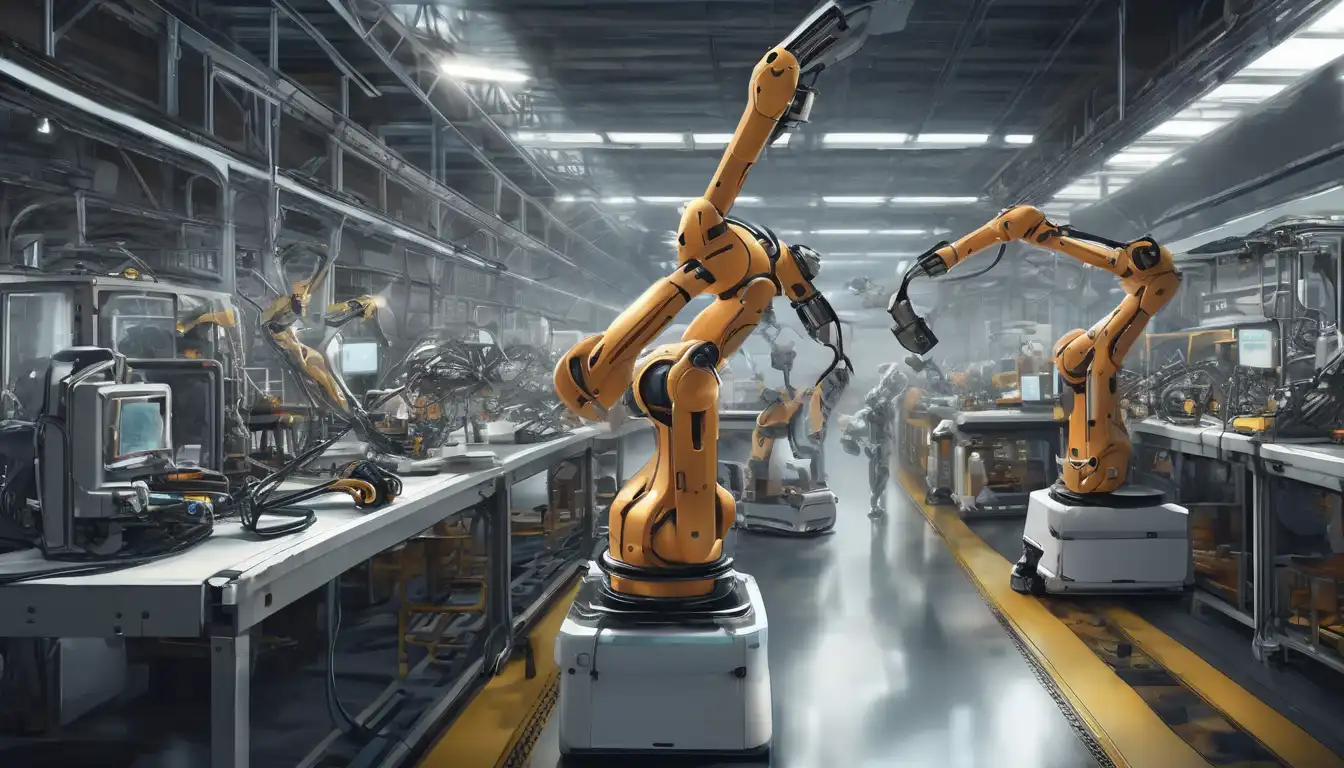The Transformative Impact of Robotics on Modern Manufacturing
The manufacturing industry is undergoing a significant transformation, thanks to the advent of robotics. This technological revolution is not just changing how products are made but is also reshaping the entire manufacturing landscape. From increasing efficiency to reducing costs, robotics is at the forefront of industrial innovation.
Enhanced Efficiency and Productivity
One of the most notable benefits of robotics in manufacturing is the dramatic increase in efficiency and productivity. Robots can work tirelessly around the clock, performing repetitive tasks with precision and speed that far surpass human capabilities. This relentless efficiency translates into higher output rates and the ability to meet growing consumer demands without compromising quality.
Reduction in Operational Costs
While the initial investment in robotics technology can be substantial, the long-term savings are undeniable. Robots reduce the need for manual labor, cutting down on wages and associated costs. Moreover, they minimize errors and waste, leading to significant savings in materials and rework. Over time, these savings can offset the initial setup costs, making robotics a cost-effective solution for manufacturers.
Improved Safety in the Workplace
Manufacturing environments can be hazardous, with risks of injuries from heavy lifting, exposure to harmful substances, and accidents involving machinery. Robotics technology can take over these dangerous tasks, significantly reducing workplace injuries and creating a safer environment for human workers. This not only protects employees but also reduces liability and insurance costs for manufacturers.
Customization and Flexibility
Today's consumers demand personalized products, and robotics is making it easier for manufacturers to meet these expectations. Advanced robots can be quickly reprogrammed to switch between different tasks or products, allowing for greater flexibility in production lines. This adaptability enables manufacturers to offer a wider range of customized products without significant downtime or retooling costs.
Challenges and Considerations
Despite the numerous advantages, integrating robotics into manufacturing is not without its challenges. The high initial cost, the need for skilled personnel to operate and maintain the robots, and concerns about job displacement are significant considerations. However, with proper planning and training, these challenges can be mitigated, ensuring a smooth transition to a more automated future.
In conclusion, robotics is revolutionizing the manufacturing industry by enhancing efficiency, reducing costs, improving safety, and enabling greater product customization. As technology continues to advance, the role of robotics in manufacturing is set to grow even further, promising a future of unprecedented innovation and productivity. For those interested in the future of manufacturing, staying abreast of these developments is essential.
